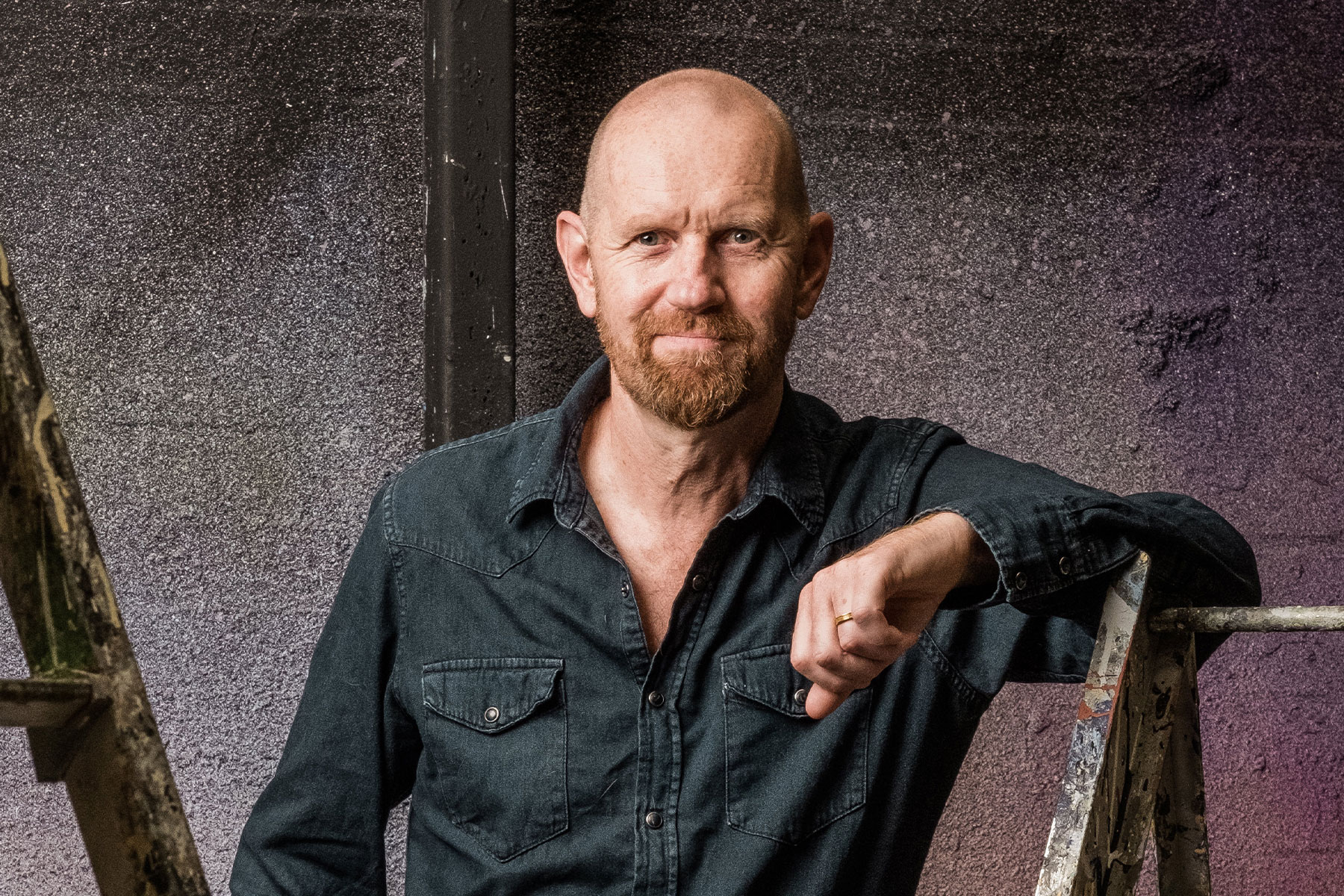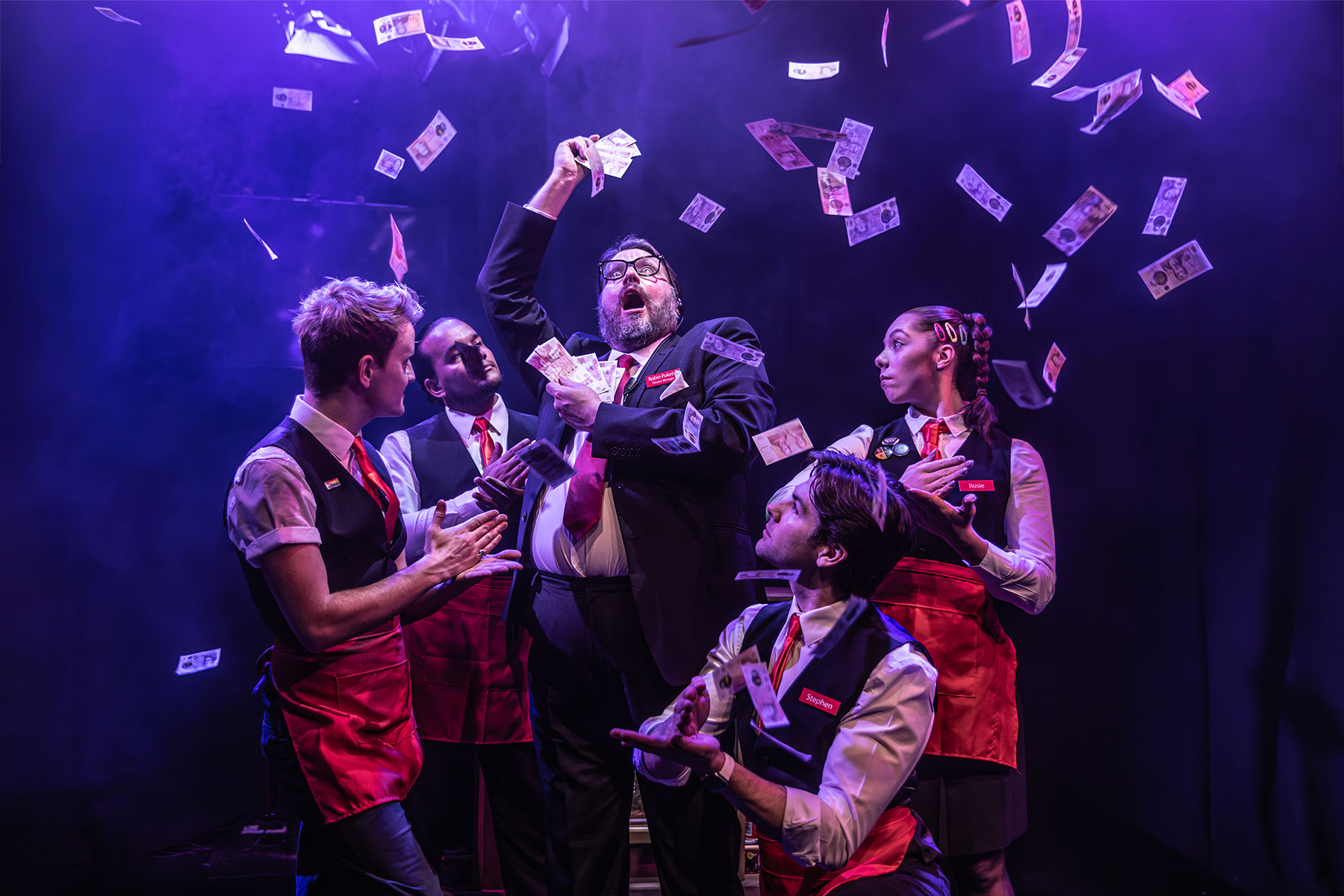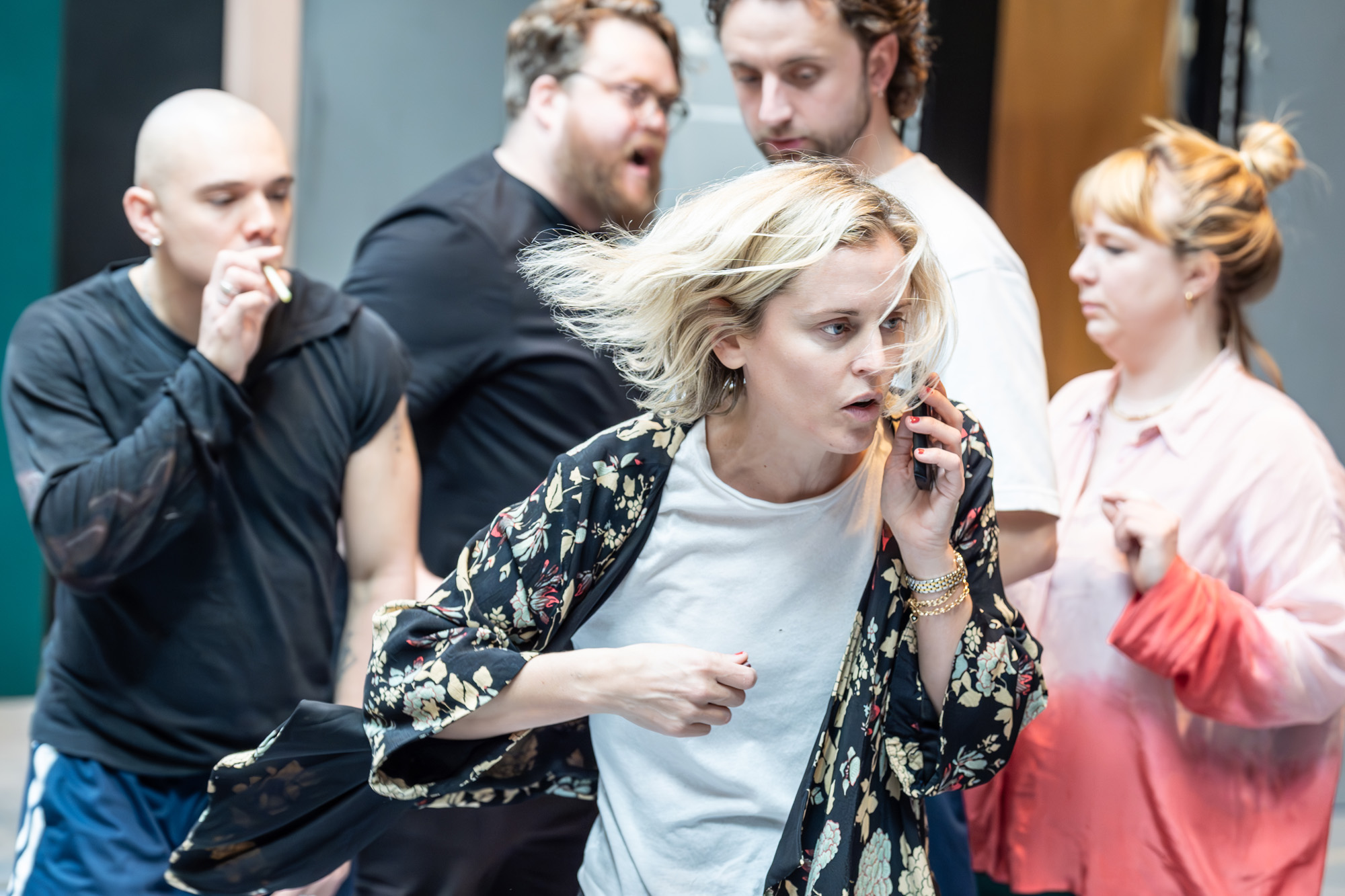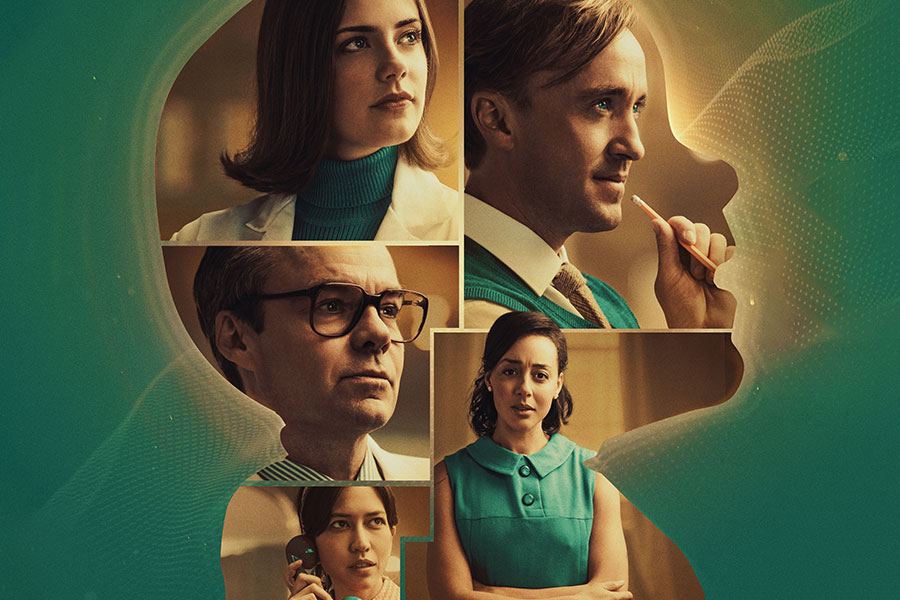Publicity
Publicity
Designing a flyer for a one-man show is not the easiest process unless you really like your own face. I’m not entirely satisfied with mine, although I’ve become quite used to it.
The finest marketing minds in the world have told me, “Richard, what really sells a story about love and sweets is a geeky-looking short-sighted man surrounded by sweets (not to scale).” The flyers are sitting underneath the table as I write. Five thousand small pictures of my face. A strange thing to wake up to. I wonder if the Queen feels this way about stamps?

But the real test is whether other people like it. After all, I’ll be coming to the show no matter what the flyer’s like.
Nobody knows who I am here. Edinburgh rewards people who build up a profile and I have no profile whatsoever. So very few people are going to come to the show unless I go out flyering.
No one enjoys flyering, but it’s necessary – and more than that, it’s part of what makes this festival special – a place where a performer with no track record, who no one’s heard of, can put on a show and get (some) people to watch them. If I hired a theatre in London for a month, no one would come. (My Mum might, but she’s pretty busy). Here in Edinburgh, people are prepared to take a chance on something new.
On the downside, some of the shows aren’t that good. But on the upside, the lack of creative structure, of dramaturgy, of control – this is an entirely entrepreneurial festival where anyone can put a show on, somewhere, if they can raise the money to pay for it – can produce shows of breathtaking originality and beautiful weirdness. Pieces that can be stranger or braver or more eccentric than might be commissioned by more established routes. And that’s the magic of the Fringe. You might be among the first to see something like Little Bulb’s first show. And you might spend fifty minutes watching a man making ghost noises on his own face.
Flyering can get you down – people are fed up with hundreds of performers getting in their face, they can be rude, or simply not interested in your show. But what we’re asking of them is a big thing:
Please sit down in a hot room for an hour and listen to a complete stranger while paying them ten pounds.
– of course it’s hard to get their attention. We’re asking a lot of our audience.
Back to publicity. How’s it working out for me, so far? The morning of day one we had no tickets sold for the first preview. I stood outside the Fringe Office for two hours and we sold twelve. Not too shabby for the opening show. The audience got rapidly bigger for the next two days – here’s a picture of our queue. We had a queue!
And we had an audience:

Today, it was down to six. A few more with Pleasance passes, but not a lot more. It’s disappointing. You put a lot of time and heart and soul into making a piece and no one wants to come. So what to do?
All you can do is perform the show as well as you can. And today was a good show, and when I was flyering this afternoon three people stopped me to say how much they’d enjoyed yesterday’s performance. They were very enthusiastic – they even wanted to know how many words the script was. I couldn’t tell them, so they gave me their email address so I can email them the answer. (It is eight thousand, two hundred and nineteen words long. With slight variations day on day).
Tomorrow, it’s back on the Mile. Trying to persuade people to watch a stranger tell a story. To try something new. While I hand them a small picture of my face.











